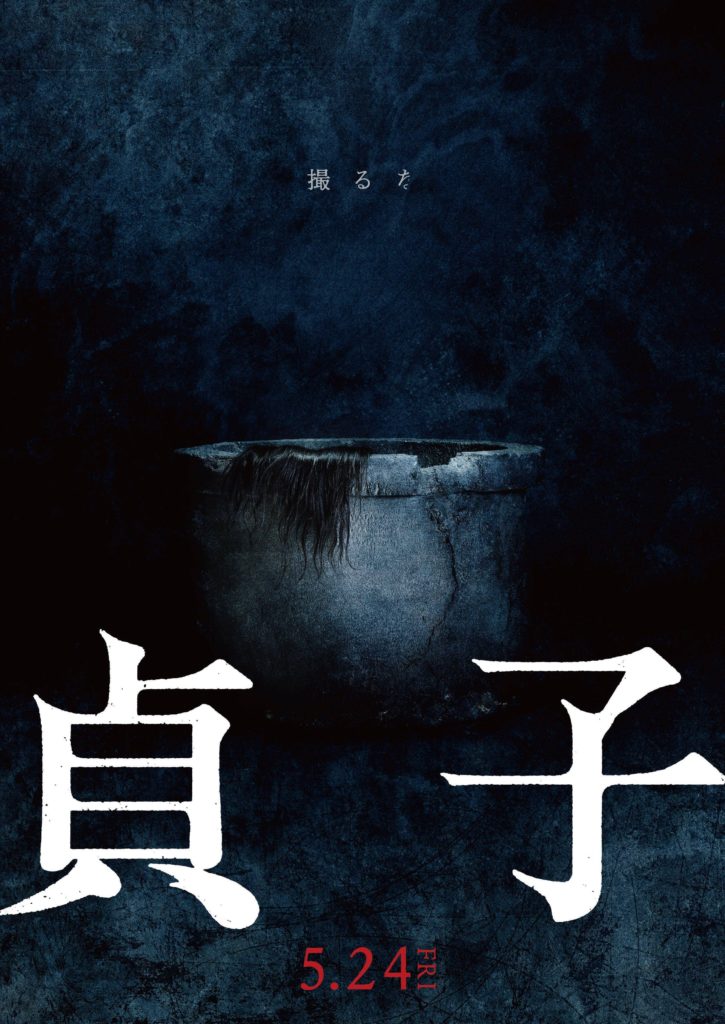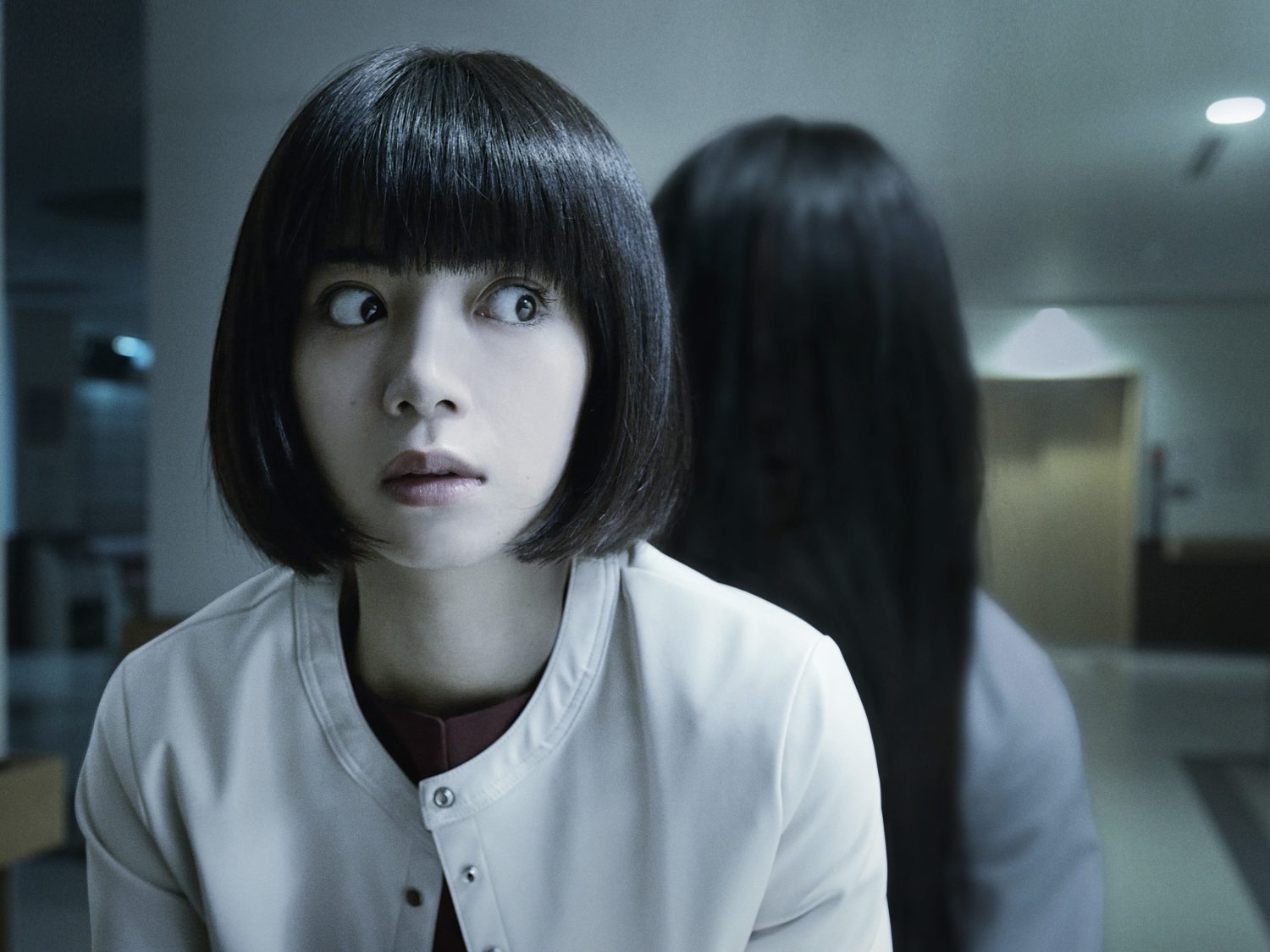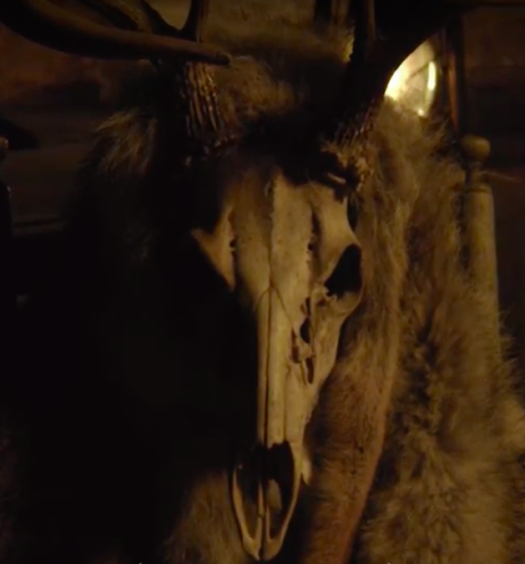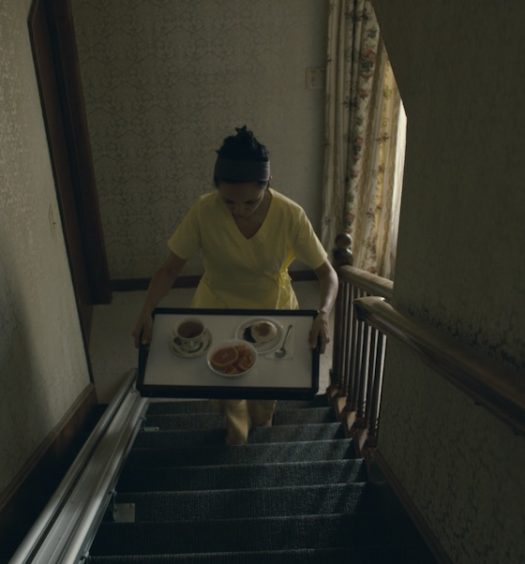Hideo Nakata's newest chosen as the opening film for Fantasia 2019.
I was introduced to Hideo Nakata’s groundbreaking ghost story Ring (don’t call it Ringu) sometime in early 2000. I was working at a video store and digging into all sorts of strange cinema. Quite fittingly, a customer gave me a second- or third-generation VHS copy of the film to check out. The visual quality of that tape left much to be desired. Nonetheless, I can’t imagine a better way to first watch Ring. Nakata’s bleak, poetic adaptation of Koji Suzuki’s novel was both meditative and exciting. It arrived at a time when American horror was obsessed mostly with poor attempts to copy Scream.
In the 21 years since Ring was released, there have been numerous sequels, remakes, reboots, and spinoffs of all sorts. Nakata’s Japanese sequel Ring 2 and Gore Verbinski’s American remake The Ring both widen the world and offer potent scares. The Korean remake, often presented as The Ring Virus, incorporates interesting elements from the novel that other adaptations forego. But the majority of related offerings fell somewhere between average and mediocre.

Mayu attending to the mysterious girl
Sadako, Hideo Nakata’s return to the Ring universe, was the opening film for Fantasia International Film Festival 2019. This news excited me, and left me hopeful that we might see another truly great entry in the franchise. So what’s it all about, and how does it stack up to its forebears?
Sadako begins expertly, with Nakata immediately establishing a visual sense of several of the themes at play. First, we see the exterior of a nondescript apartment complex. A series of subsequent shots take us into the building, down a hallway, and to a door surrounded by graffiti. Next, we see a locked metal door, and, inside the room, a closet which has also been chained shut and locked. We are given a brief glimpse of a spinning mobile, featuring a doll with long black hair as the centerpiece. A child is inside this closet.
Then, the scene shifts completely. The sound of crashing waves is heard. An old woman with a cane walks past a sign reading “Keep Out.” From the rocky shore she approaches a cave. A rockslide has blocked the entrance. The woman mentions this as being Sadako’s cave.
We again return to the interior of the closet, and through the door we catch a glimpse of an adult female. She speaks to the child inside, telling her that she is the reincarnation of Sadako. The woman then douses herself and the apartment in gasoline. Before she can light a match, a presence appears behind her, and the chains fall from the doors of the closet. The young girl steps out of the closet and locks her eyes on the spectral figure. A light fixture explodes and ignites the gasoline. Flames rise, and the young girl stands before Sadako, looking like a much smaller version of her.

Kazuma begins researching spooky and abandoned locations
From this opening, we shift to a hospital where we are introduced to our main protagonist. Mayu Akikawa is a young doctor, still learning the ropes and navigating relationships with her coworkers and patients. Her brother, Kazuma, has dropped out of school and is desperately trying to find fame as a viral video creator. These storylines diverge, with Mayu attending to the mysterious girl after she is brought to the hospital. The girl can’t remember anything that happened to her and barely speaks. Detectives arrive at the hospital and begin piecing together the story of where the girl came from.
Meanwhile, “Fantastic” Kazuma is worried. His comedy videos are uninspired, he’s losing viewers and subscribers, and he needs a new approach. Kazuma begins researching spooky and abandoned locations in the area. Soon he finds himself in the burned out ruins of the apartment shown in the opening. After recording his explorations, Kazuma soon disappears.
Although it was posted online, Kazuma’s video exploration is quickly taken down. Mayu locates a copy, and reviews the video for hints of what happened to her brother. Hidden almost subliminally in the video are images of Sadako, and of the skulls of young children in a pool. Mayu soon finds herself at the center of two mysteries. She must find her brother, and uncover the truth about her young patient. The events of the film take place both in Tokyo and on the island of Izu, the birthplace of Sadako.
Much like the original Ring, Sadako focuses on the collision of the modern world with Japanese traditions and beliefs. The addition of reincarnation is an interesting one, but it isn’t fully fleshed out or explored. Technology has changed dramatically in the 21 years since Ring was released. Unfortunately, spooky abstract images hidden in viral videos just don’t pack the same punch as a fuzzy and deteriorating VHS. Sadako’s appearances also don’t inspire the same fear they once did.

The visual palette used by Nakata recalls his work on Ring, Ring 2, and Dark Water.
The visual palette used by Nakata recalls his work on Ring, Ring 2, and Dark Water. His direction here is the movie’s strong point, though the story just doesn’t pack the nuanced frights of the original. Many of the images, particularly during the trip to Izu, call back to the first film. There isn’t an over-reliance on CGI like some of the entries have featured, which was much appreciated. For me, nothing surpasses the representation of Sadako in the original movie. Perhaps the film’s biggest shortcoming is its lack of real scares. We don’t really see anything that we haven’t already seen before, and familiarity robs fear of its powers. While the ending strives to shock and surprise, it pales in comparison to the dark and shocking coda to Nakata’s 1998 film.
Overall, fans of the Ring series, of Hideo Nakata, and of Japanese horror in general may find aspects of Sadako enjoyable. It is certainly better (and better directed) than many of the entries the franchise has seen over the last fifteen years. With its themes of reincarnation and of cycles being repeated, Sadako raises some promising ideas, though they aren’t explored in depth. I had hoped that Hideo Nakata’s return to the franchise for the first time since 2005’s American sequel The Ring Two would result in Sadako having a similar impact as 1998’s Ring. Perhaps my own expectations for the film set me up for some degree of disappointment. Sadako may not rank among the highest entries of the Ring franchise, but it is still better than much of what the series has offered.
Sadako opened the Fantasia International Film Festival, and plays again on Thursday July 18th, 2019.

Fantasia 2019: Hideo Nakata Returns to the Ring Universe with ‘Sadako’ [Review]
Sadako‘s few new ideas are not fully explored. Many of the scares fall flat because we’ve seen them done before.
































August 4, 2019
[…] Ring. But surprisingly, Stare succeeds where Nakata’s Sadako stumbled (see our review here). While the structure may be familiar, the nuances of the story are different enough to remain […]